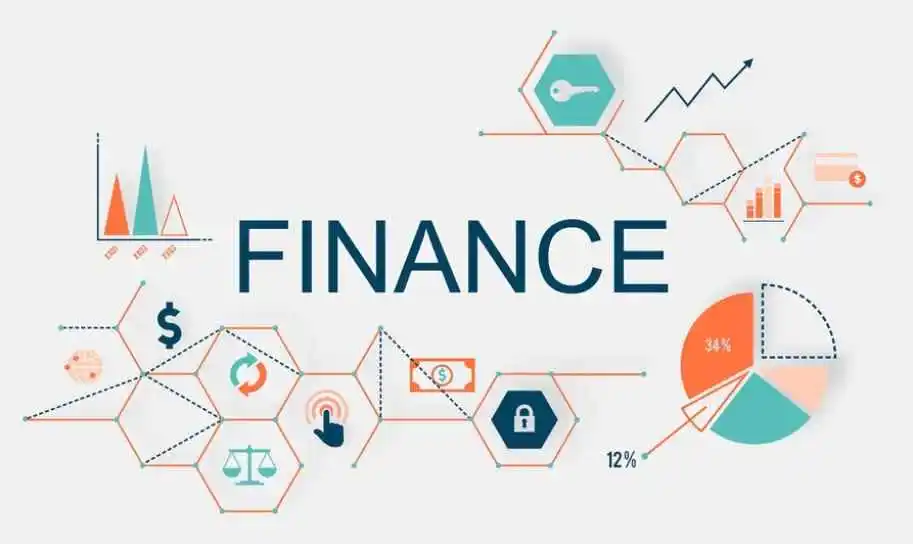Financial Institution Group (FIG) are crucial in shaping global economic trends. They influence policies, drive innovation, and foster stability, impacting markets worldwide. Understanding their contributions helps us grasp the complexities of the global economy and its future.
What is a Financial Institution Group?
A Financial Institution Group is often defined as a financial services firm business unit that offers products solely to the financial industry, including investment banks, commercial banks, insurance companies, asset and wealth managers and other related financial industries. These groups work towards researching the different characteristics of the customers and provide appropriate responses.
Essential Features of Financial Institution Groups
Advisory Services: Transactions of mergers and acquisitions, raising finances and restructuring are some of the main reasons why governments need the assistance of FIGs. For this, they use the resources at their disposal.
Capital Markets Services: The role of FIGs is to provide their clients with the means to access the capital markets in the form of equity and debt issues, syndication and a host of other capital-raising activities.
Risk Management: Through their subsidiary FIGs, companies help other financial companies manage their risks through derivatives and risk management frameworks.
Regulatory Compliance: As FIGs have a presence within the regulatory environment of their clients, they help their clients deal with regulatory changes in the way they do business.
Market Research: It is a lengthy process of gathering information on the market to help find out how industries are evolving, the competition existing against other additional ones, the economy and its trends which could be resourceful in strategic planning.
Broad Classifications of Financial Institutions
Within this relate numerous categories of financial institutions which perform different functions:
Commercial Banks
As the name suggests, commercial banks are the most familiar category of institutions, as they maintain checking and saving accounts, enquire about loans and even provide credit cards. Such banks are mobilizers of deposits and treat borrowers to whom they lend out the same money.
Credit unions
Credit unions are similar to commercial banks regarding the services they provide, but they are owned by the members, and hence in most cases offer more favourable terms in terms of fees or interest rates on deposits.
Insurance Companies
Insurance activities include serving as underwriters in underwriting risks associated with risks such as, but not limited to, accidents, illness, and even natural disasters. As such these companies are very important in the area of risk management.
Investment Banks
An investment bank is a financial institution that raises funds for companies and usually does this through selling stock or bonds. And also helps in mergers and acquisitions and some other corporate finance activities.
Brokerage Firms
Brokerage firms are used to buy and sell various kinds of securities or stocks, bonds or mutual funds for individuals or institutions so that they can invest in the markets.
Pension Funds
They are referred to as pension funds because they are fundraising pools that take employees’ and employers’ contributions to invest to provide retirement income.
Functions of Financial Institution Groups

The heads of financial institution groups within the economy share some of the common responsibilities:
Mobilization of Savings
Such institutions assist in mobilizing the savings of a household and businesses and they are invested in productive activities.
Facilitating Credit Creation
They extend credit in the form of loans so that people and corporations can purchase and invest even when such funds are not available.
Financial Intermediation
Financial institutions serve as middlemen between those who have funds and those who wish they had more money and can put it to good use.
Investment Services
They offer a wide range of these investment products such as mutual funds, stock and bond investments among others to help their clients expand their wealth.
Risk Management Services
In many cases, they assist businesses and individuals in mitigating financial loss by providing insurance and asserting risk cover services.
Role of Financial Institutions in the Economic Development

Supporting Economic Development
In most cases, financial institutions promote economic development by ensuring that there are funds available for other people or corporations to invest in infrastructure, technology, and businesses.
Enhancing Capital Formation
Fostering of such institutions enables these activities to be enhanced through mobilizing savings and providing investment avenues.
Regulatory Framework for Financial Institution Groups
Financial institution groups are subject to a wide array of regulations designed to ensure their stability and protect consumers:
Global Financial Regulatory Bodies
Entities like the International Monetary Fund (IMF) and the World Bank set international guidelines for the operation of financial institutions.
National Regulatory Authorities
Each country has its regulatory bodies, like the Federal Reserve in the U.S. or the European Central Bank in the EU, which oversee the activities of financial institutions.
Key Regulations Affecting Financial Institution Groups

Regulations such as the Dodd-Frank Act (in the U.S.) or the Basel III guidelines affect the operations of these institutions by requiring them to maintain certain levels of capital and manage risks more effectively.
Difficulties Experienced by Financial Institutions Groups
Economic Recession
Recessions and complicated situations in the economy lead to financial problems for financial institutions as their profit shrinks and the likelihood of loan defaults increases.
Regulatory Measures
Chains in the institution also encounter challenges relating to the enforcement of public regulations which are subject to changes.
Cyber Crime
As the technological dependence of financial institutions continues to increase, the institutions are also exposed to cyber risk which leads to loss of money and a good reputation to clients.
Fintech Competitors
FinTech is threatening to turn upside down the sector as it provides the services faster, at a low cost and in a more appealing manner than existing institutions do.
The Evolution of Technology towards Financial Institution Groups

Internet Banking and Mobile Payment.
The demand for convenience in service delivery by customers has forced financial institutions to shift toward the Internet by providing mobile banking and payment services.
Fintech and Cryptography
The introduction of blockchain technology has changed the way businesses are conducted as it deals away with the risks associated with conventional exchanges.
Machine Learning and Process Automation in Banking.
Improvement of customer relations, detection of fraud, and finding room for efficient processes are some of the areas where AI is being applied in financial institution groups.
The Future of Financial Institution Groups: Emerging Trends in Finance:
The future of financial institutions is primarily shaped by digital currencies, FinTech, and AI.

Potential Risks and Opportunities:
There are opportunities with technology, however; there are also risks which include areas such as cyber security and regulatory issues.
The Evolving Role of Regulation:
Similarly, the course of the future alterations of the financial industry would influence the future should know that adaption is an essential shore for any institution.
Conclusion: Financial Institution Group
In the global economy, financial institution groups are very important organizations performing vital activities for people, companies, and even the states as well.
FAQs About Financial Institution Group
What types of institutions do FIGs serve?
Financial Institution Group clients include commercial banks, investment banking institutions and their affiliates, insurance companies, investment management companies, hedge funds and private equity firms, and credit unions.
How do FIGs differ from other divisions within a financial services firm?
Financial institution groups have a focus on the end clients who are the financial institutions. Other divisions such as ones dealing with retail banking or corporate finance may not contain such a specific geographical focus but rather do not possess the required expertise to deal with problems specific to financial institutions.
What are some common services offered by FIGs?
Common services offered by FIG include advising on mergers and acquisitions, facilitating capital raising (equity and debt), providing risk management solutions, assisting with regulatory requirements, and conducting market research.
What is the need for regulatory compliance in financial institutions?
Regulatory compliance can be beneficial in retaining the trust of all stakeholders, averting any legal consequences, and helping a business remain viable in the long term. Violation of these regulations could result in major economic loss and tarnishing a brand’s reputation.
How do FIGs keep abreast with the changes in the industry?
Understanding industry changes is particularly important for executing the business strategy. Same as that of FIG, these specialists regularly study a wide variety of industry information. They include their active participation in industry conferences and engagement with the regulatory agents on the changes in the laws.
What skills are required in the working environment of FIG?
Strong analytical skills, financial market and instrument knowledge, sophisticated communication skills, and a comprehension of the regulatory environment are what a FIG professional needs.
What is the role of FIGs in the encouragement of innovation in the financial industry?
Thanks to their clients’ knowledge of new technologies, like the development of fintech products or the adoption of blockchain technologies, FIGs are capable of assisting clients in transforming their services or enhancing their processes.











